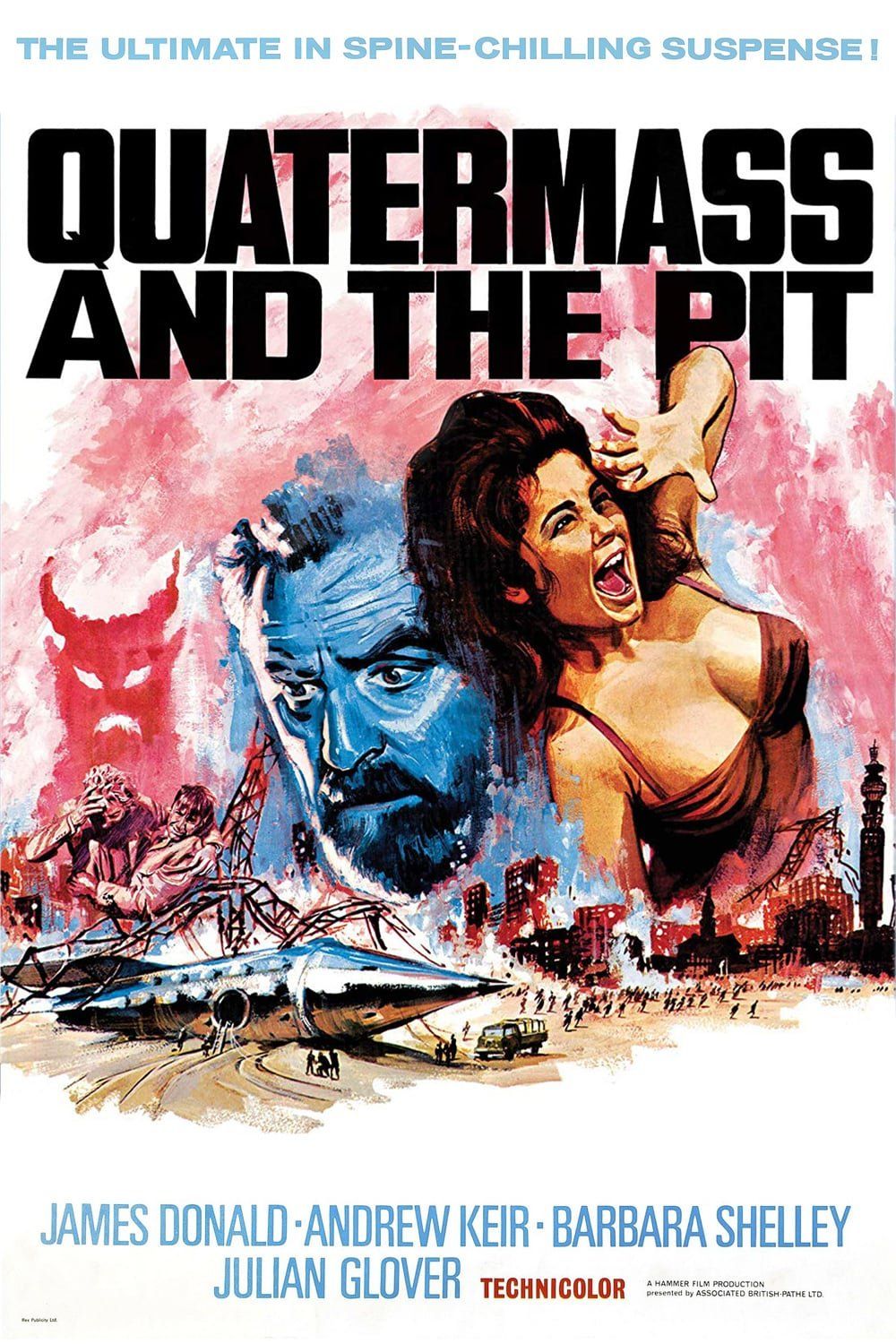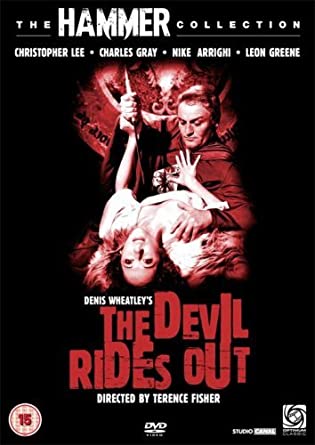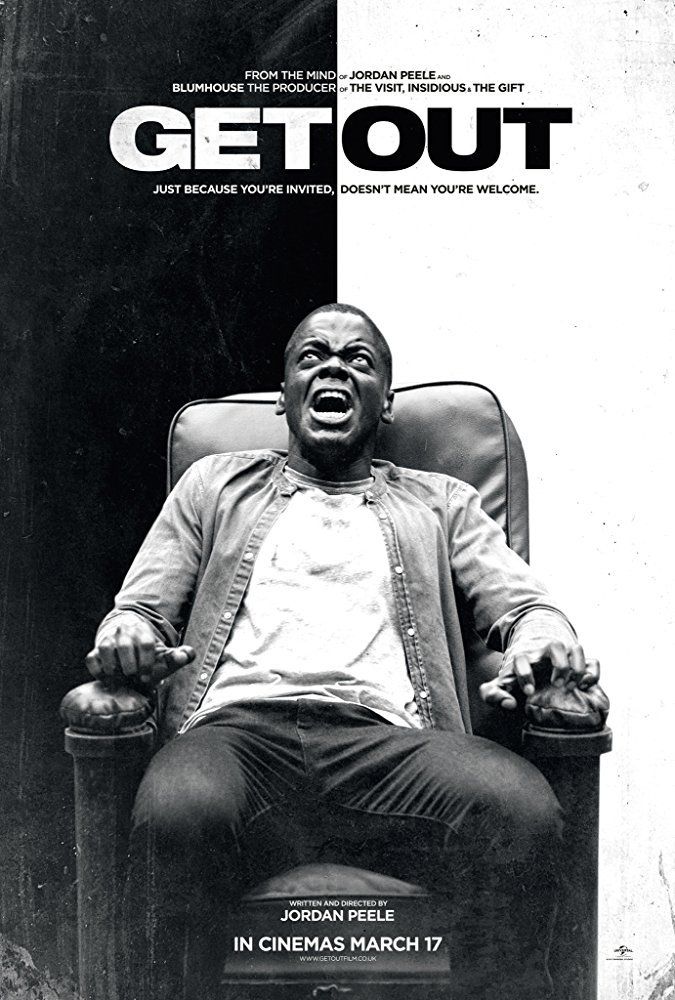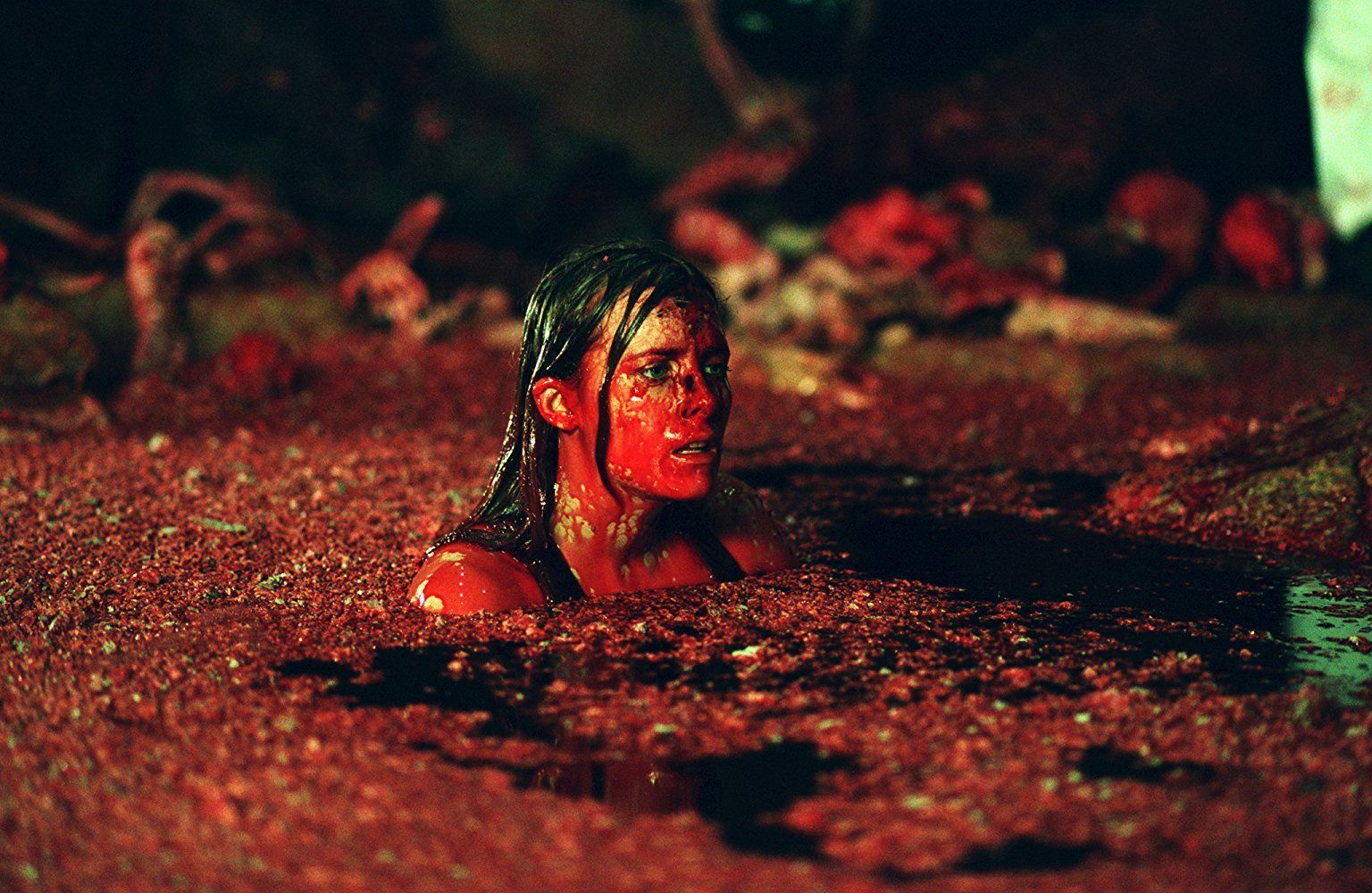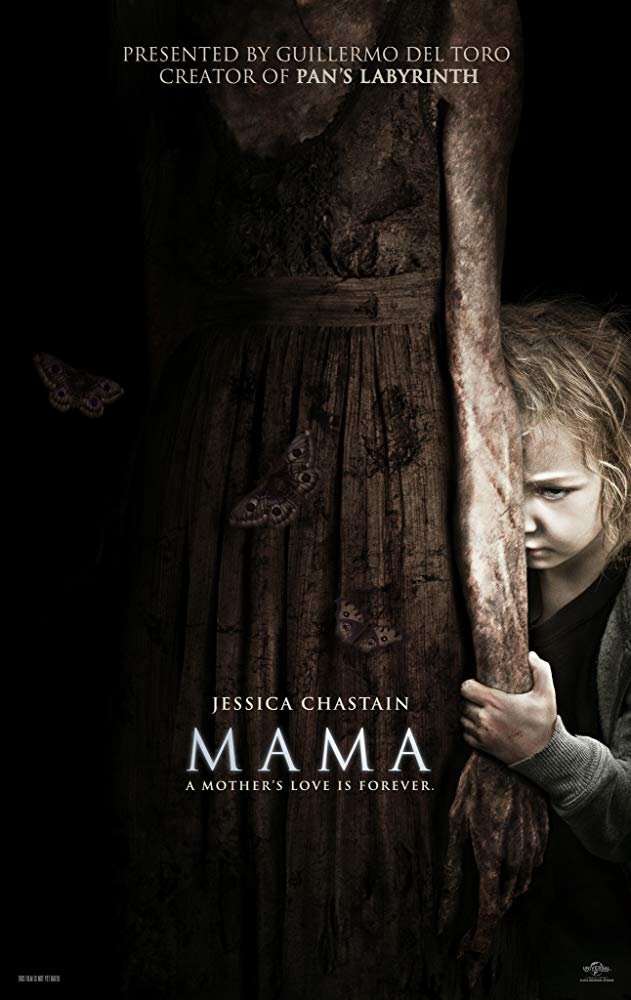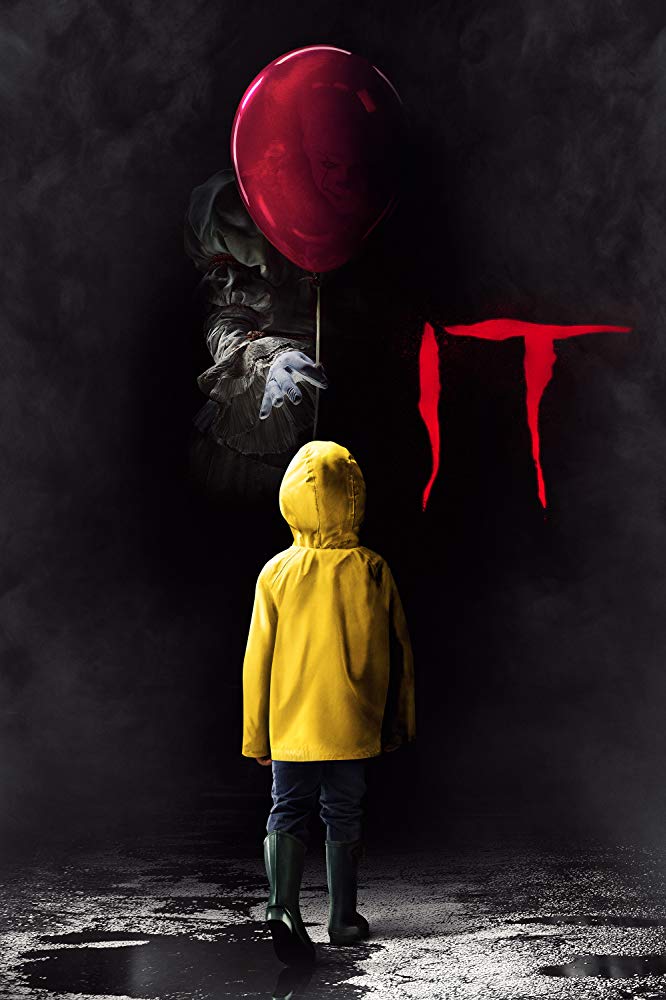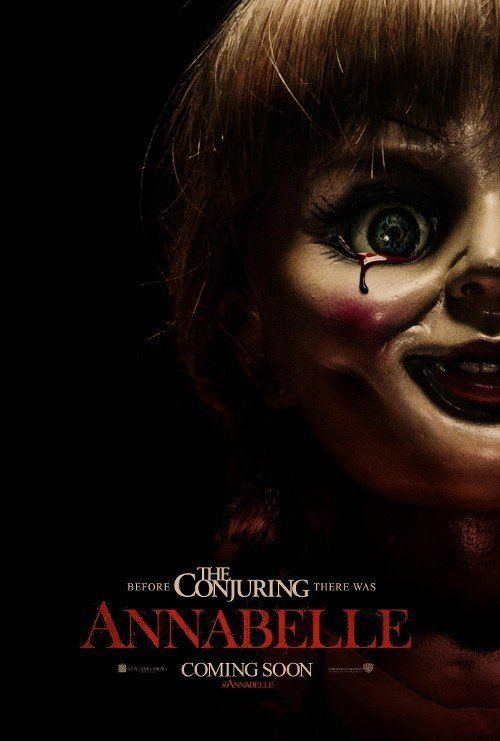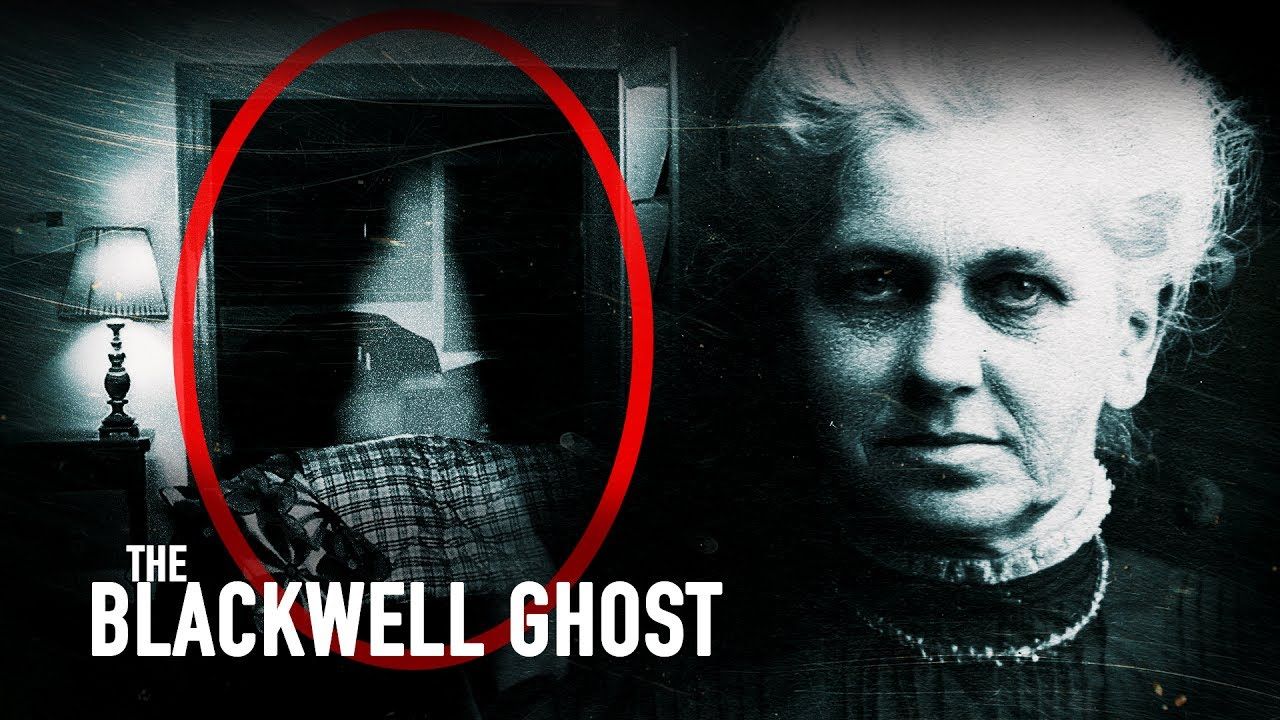The Conjuring
Excellent Modern HorrorExcellent Modern Horror

I’ve always mixed up The Conjuring with Sinister. They were released within a year of each other, have a family moving into an isolated house, there’s a hanging tree and the tone seemed quite similar. As a consequence, I thought I had seen The Conjuring but it turned out I had not. The Conjuring universe is now five films in and I havn’t seen any of them. It was time to put that right.
At an IMDB score or 7.5, which is excellent for a horror film, I was expecting quite a lot and the film lived up to the promise.
From IMDB: In 1971, Carolyn and Roger Perron move their family into a dilapidated Rhode Island farm house and soon strange things start happening around it with escalating nightmarish terror. In desperation, Carolyn contacts the noted paranormal investigators, Ed and Lorraine Warren, to examine the house. What the Warrens discover is a whole area steeped in a satanic haunting that is now targeting the Perron family wherever they go
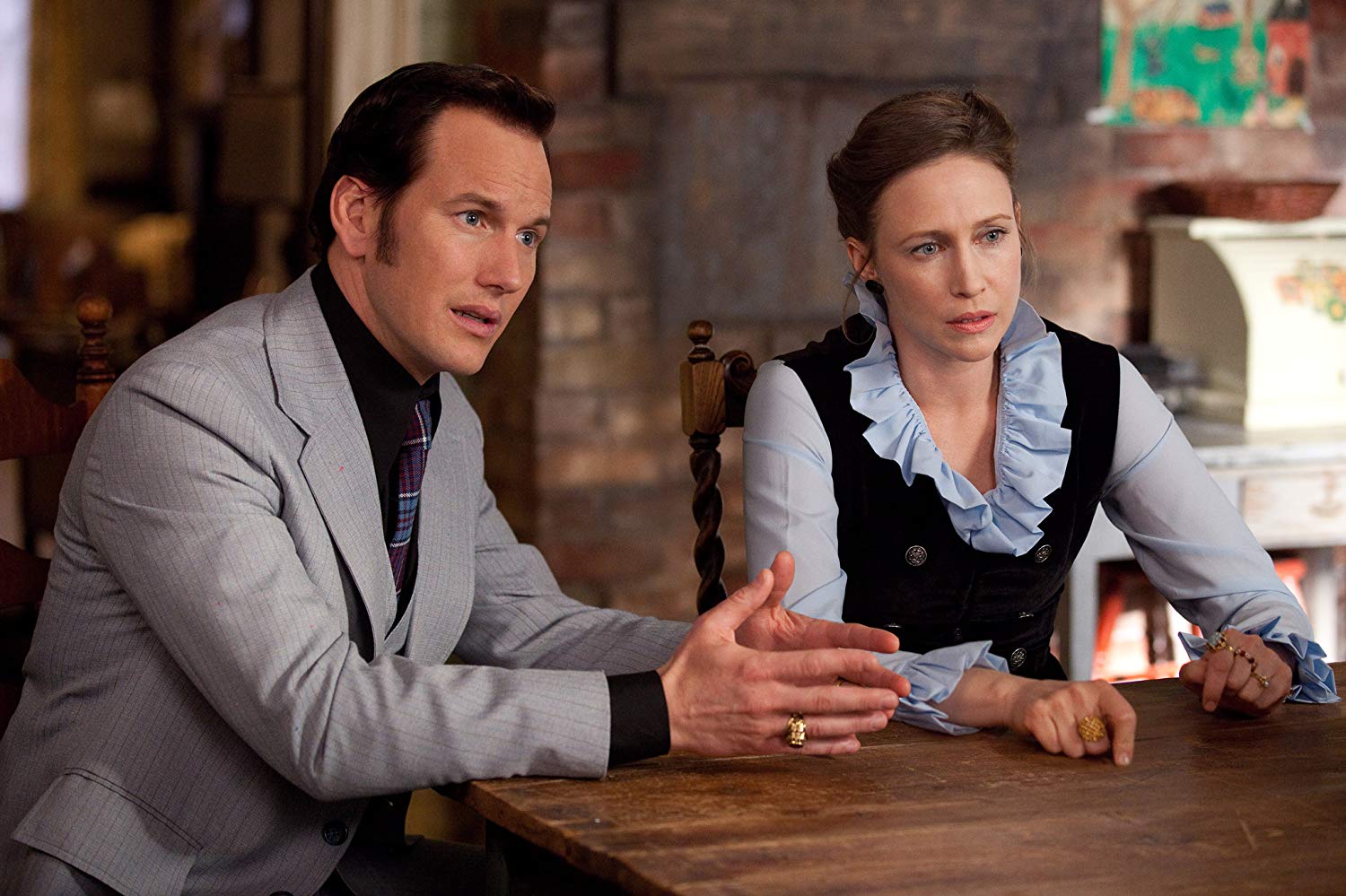
The film is based on the a true story and revolves around paranormal investigators Ed and Lorraine Warren who come to the aid of the Perron family when they began to experience disturbing events. Because the film is based on real life accounts, whether you believe in the paranormal or not, the film is very much grounded unlike Insidious which lost me after a pretty strong first hour when the crossing of worlds began to happen.
I’m not sure where the horror world would be without the family moving into a new home trope and The Conjuring includes this as well as many other tried and tested haunted house themes: Slamming doors, the nervous canine, the creepy cellar, the scary kid, the face in the mirror and so forth. I want to avoid using the word cliché because, arguably that’s what they are, but it’s how they are used, how they are set up and included in the overall narrative. Let’s face it, if you didn’t include these tropes, you’d probably end up with a really boring film that was more akin to a drama and the audience would feel cheated and go home empty handed.
One complaint about modern horror is its reliance on jump scares. You can’t beat a good jump scare but when they’re randomly put in, or if that’s all the film has then they don’t work very well. Using jump scares as a compliment to a sense of peril or an undercurrent of unease as well as fear, jump scares are worth their weight in gold. I found The Conjuring’s story of a witch protecting her lands was enough to create that danger, that agitation, that uncomfortable feeling you get in the pit of your stomach. Because of this, the jump scares worked really.
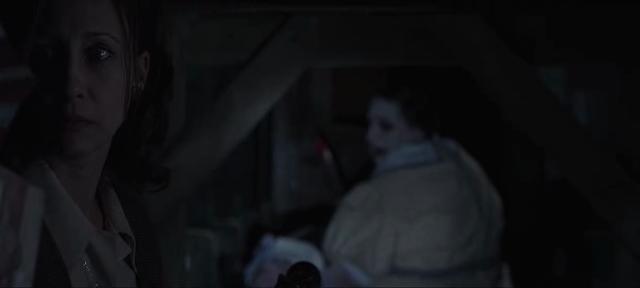
The tension was nicely built up initially with small instances of things to come, for example, shadows moving, is that a figure in the back ground? Did that item just move? The bruises on the mother was a nice touch and the family of girls were superbly played and you actually felt their terror, their screams being very convincing. The dad, played by Ron Livingston, came across as a bit of a wet fish, but this was made up by Patrick Wilson and Vera Farmiga who played Ed and Lorraine Warren. It took me a while to get past Vera’s portrayal of Norma Bates, such is her stunning performance in Bates Motel singed into my consciousness, but about half way though I realised how good Vera is and the Horror genre is all the richer for her inclusion. Long may it continue.
At 105 minutes, the film felt about the right length, the script was tight and I can’t recall any scenes that didn’t need to be there. The music was excellent and the seventies retro feel was captured by the director. In summary, The Conjuring is a superb example of modern day paranormal horror with some strong performances and genuinely chilling moments that elevate it above the competition. Recommended. 80/100

